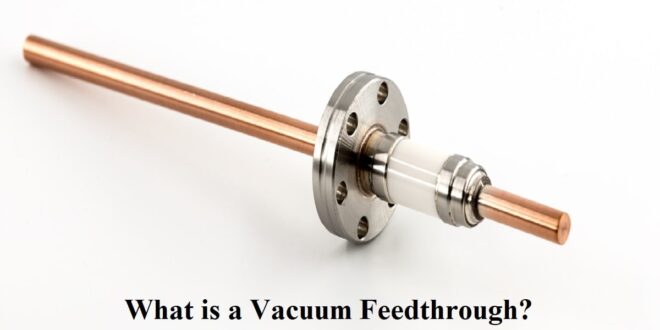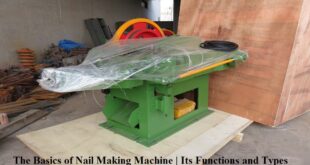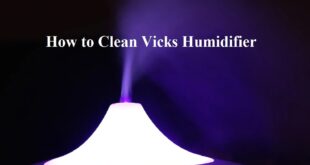You might be familiar with vacuum heating or vacuum chamber, but are you familiar with vacuum feedthrough? If not, then you should know that vacuum feedthrough is supposedly the most important component or part of a vacuum chamber.
What is a Vacuum Feedthrough?
Vacuum feedthrough is an assembly that connects the inside area of the vacuum chamber with the outside. Its main function is to pass-through energy or substance from the outside of the chamber to the inside area.
A vacuum chamber is hermetically sealed and this is where the high-end quality of vacuum feedthrough comes into play.
With the role or function that feedthrough plays, it should be completely leak-free to provide thorough passage of substance or energy from the outer of a chamber to the inside, and under ultra-high and high vacuum conditions.
Its main function in a vacuum heating system is to pass through either matter (in the form of gases or liquids) or energy (in the form of light pulse or electricity) from the outer of the chamber to the inner area.
What is a Vacuum Feedthrough Also Known as?
Interchangeably we can refer to vacuum feedthrough as electrical feedthrough. Glass, ceramic, hermetic, and epoxy feedthrough as well. Fundamentally, all these functions are the same – to pass energy or substance from chamber’s outside to inside region through a tight-sealed, leak-proof passage.
However, if you are wondering what the difference is between these, then you must know that as the name suggests, the primary material used to create the feedthrough is where the variation comes in along with some other characteristics, but the overall function remains the same.
Vacuum and hermetic feedthrough are virtually identical, whereas ceramic or glass material can also be used to create electric vacuum feedthrough.
Defining All Styles of Feedthroughs
Now, if you want to know in detail all the different feedthrough styles and what specifics they carry, then read through:
Electrical Feedthrough
These are called so because these work on by using electrical conductors to pass through electrical energy from outside to inside. In electrical feedthroughs, you will find single and multi-pin styles being used across industries. There are different seals design types in these, as detailed below:
Glass to Metal – This is used because the chances of signal transmission loss are very low because of the crystalline amorphous properties. In this, you will find a matched seal design where the metal and glass have the same thermal expansion coefficient and the metal’s oxide and glass have a high bond. In compression seal design, the thermal expansion coefficient is different, and these are ideal to be used in high-pressure industrial applications.
Ceramic to Metal – In comparison to glass seals, ceramic seals provide higher hermetic performance, suitable for high-stress environments. When should you be using ceramic seals in place of glass? This depends on the application you are using the chamber for, along with material requirement, weight, and as such.
Glass-Ceramic to Metal – This can be considered as the best seal for vacuum feedthroughs as it provides the best in combination from both glass and ceramic to deliver optimum performance in high-stress conditions.
Apart from these, there are epoxy, rubber, and glue seals as well which are economical but come with various limitations and are not advisable for high-stress and high-pressure vacuum environments.
Liquid and Gas Feedthrough
This is vacuum feedthrough whose function is the passage of gas or liquid from the outer of the vacuum system to the inner. Two types of seals are used for this feedthrough – deformable metal gaskets and metal to metal swaging.
Fiber Optic Feedthrough
This one is feedthrough which functions to carry emitted light to a vacuum system inside from a fiber optic cable assembly. There are two types of seals in this:
Glass to Metal Buffer – Use of glass-ceramic compression, ideal to be used for high and ultra-high vacuum applications.
Epoxy Seal – As we have mentioned above this one is economical, but comes with limitations and is suitable to be used for vacuum chamber operation under 100 degrees C operating temperature.
Manipulation & Motion Feedthrough
This feedthrough works to transfer kinetic energy (motion) from a mechanical system to a vacuum system. Three types of seals are used in this:
Bellows – Use of welded bellows assemblies manufactured using 316 stainless steel, ideal for ultra-high environments, with no outgassing issue.
O-Ring – Ideal for high application with operating temperature ranging between 80 and 150 degrees C, these are made using Kalrez or Buna-N, or Viton compounds.
Ferrofluid – This is a hermetic vacuum seal that creates a rotary interface filled with ferromagnetic fluid, but is a highly expensive option that other seal type feedthroughs.
Viewport Feedthrough
This feedthrough is used to transmit optical, visual, or broadband energy in & out of a vacuum system.
The seal type in it is:
- Brazed – High-temp braze alloys are used to hermetically seal the vacuum viewports.
Knowledge of different vacuum feedthroughs based on their primary function (what to use for what specific transmission or transfer) along with seal types is important so that you are able to pick and employ the finest one for optimum vacuum heating application.
 Make Home Smart Let's Make Smart Home for Everyone!
Make Home Smart Let's Make Smart Home for Everyone!




